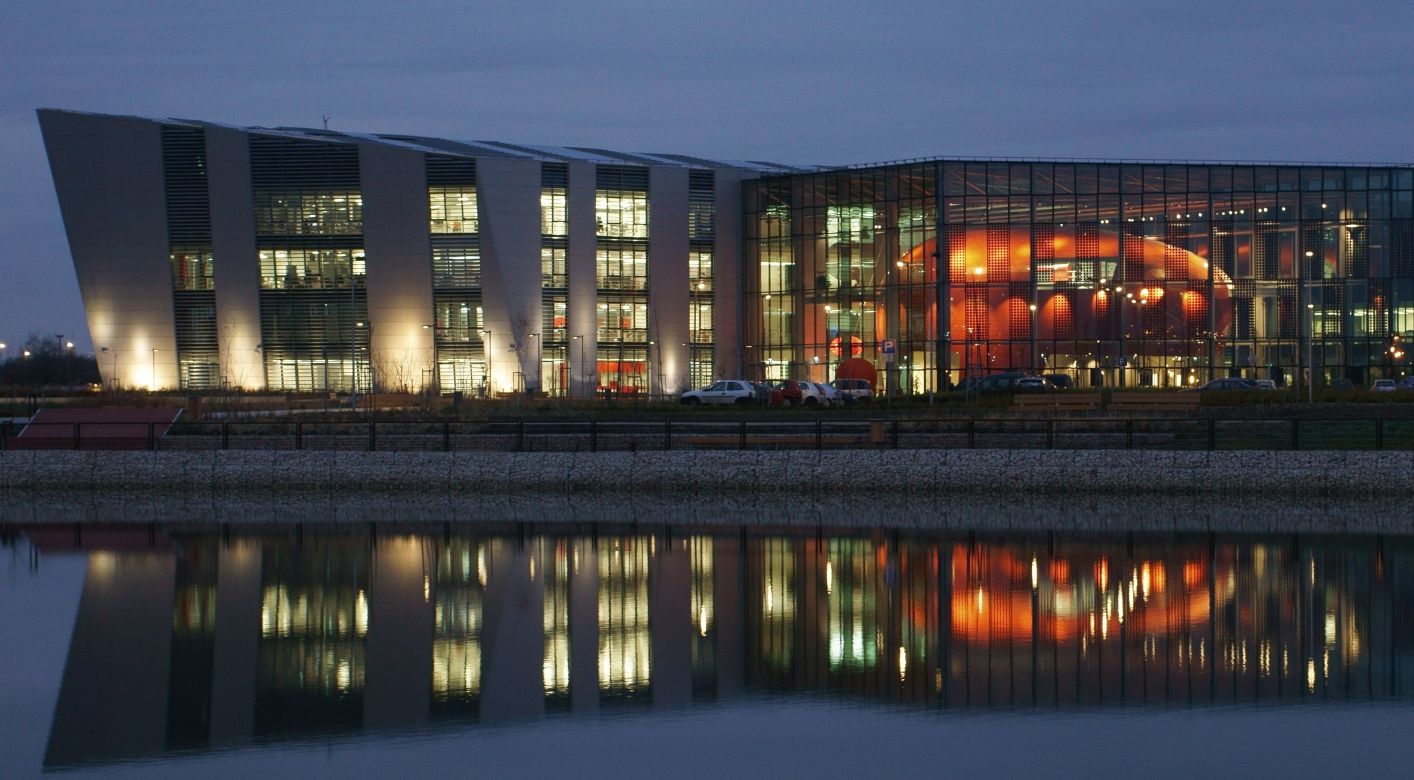The project, in which Gábor Demeter, senior researcher (HUN-REN RCH Institute of History) is a participant, Regional Differences in the Medieval Kingdom of Hungary led by Beatrix F. Romhányi (Károli Gáspár University of the Reformed Church) has won the support of the National Research, Development and Innovation Office for 4 years.
The aim of the project is to explore the regional differences of the late medieval Kingdom of Hungary, based on a complex database containing different indicators as proxies, and to visualise them on maps using geoinformatical methods. The dynamically broadening spatial datasets and improving processing methods resulted in that the possibilities of comparative regional analyses in historical periods have broadened substantially since the first attempts of Braudel and Pollard. Historical GIS-research becoming widespread allow a shift in focus from vertical (society) to horizontal (regional) structures. However, while research on country level or focusing on social inequalities are gaining more and more importance in history, too, investigations on internal regional inequalities from a diachronic, historical perspective are still rare. Despite the general interest in long-term spatial analyses and the broadening of its geographical scope, there are still numerous obstacles to overcome. In the proposed project we show a possible solution of these problems using municipal-level databases containing more than 15,000 territorial entities for the Kingdom of Hungary, at the same time illustrating development trends and the shift of peripheries by comparing the results for ca 1500 to our previous research on the 1330s and on the 18th century.
 Photo: National Research, Development and Innovation Office LinkedIn
Photo: National Research, Development and Innovation Office LinkedIn
The basic question of the research is how the regional pattern of the Carpathian Basin changed between the 14th and the 18th century (and until the 20th century), what were the stable and the changing elements. Although maps from around 1330 and the 18th and 20th centuries were already comparable and revealed historically meaningful changes, the great distance between the time sections posed a serious limitation for research. A database covering the end of the Middle Ages is needed to overcome this problem. However, the difficulty is that we do not have a continuous variable dataset for the period around 1500, such as the Papal tithe register. The experience gained from the analysis and visualisation of databases constructed in previous research suggests that a sufficiently large database and a properly selected set of indicators is capable of producing results comparable to regional analyses based on statistical data from the modern period. The visualisation of the period around 1220, based on qualitative data only, has also shown that such a database can be analysed and interpreted well. This allows a much more accurate and plastic representation of regional differences than before, and also makes it possible to identify long-term trends. In this way, a new perspective on the history of the Carpathian Basin can emerge, independent of the political-historical perspective, in which continuity and discontinuity can be interpreted differently.
Gábor Demeter, senior researcher of the HUN-REN RCH Institute of History, also participates in the project, whose task is to create a GIS-aided basemap for Croatia for the 18thc century, to upload and evaluate settlement level available data of conscriptions and to to manage the identification and connection of the Croatian settlement names into the existing database of 1910 and to the medieval database under construction in the current project. In order to fulfill the task, based on the mutual agreement on scientific cooperation between the HUN-REN and the Croatian Institute of History, Zagreb contributors from the Department for Historical Sources and Digital History in Zagreb are also involved in the realization of the project. Dr Ivana Horbec, scientific advisor, Dr Maja Katušić, senior research associate and Dr Zrinko Novosel, Post-doc will work on the identification of the settlement names and source evaluation of the 18th c.


